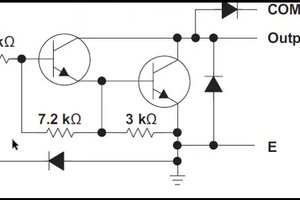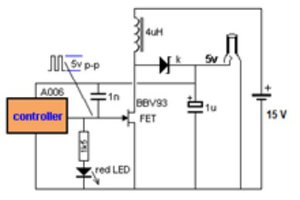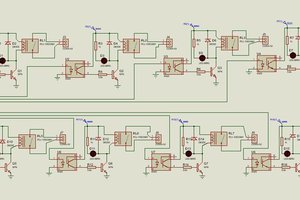In my free time or when I'm bored, I like to design and build various devices.
Here is one of them - the most useless device ever :) (but very funny:) - magnetically excited pendulum.
As you can see in the pictures, the pendulum and its support are made of thin brass tubes with a diameter of 2.5mm (you can also use brass or copper wire)
The pendulum support is soldered to the FR-4 copper laminate base
The pendulum is supported by a miniature ball bearing with a diameter of 13mm
At the end of the pendulum there is a neodymium magnet in the shape of a cylinder with a diameter of 5mm and a length of 15mm
The magnet is excited by a multi-layer air coil with an inductance of 680uH (and a resistance of 1.2 Ohms)
The outer diameter of the coil is 30mm and its height is 10mm.
Such coils are used in loudspeaker crossovers. I used a coil produced by the company: https://www.jantzen-audio.com/air-cored-coil/
The coil is screwed to the base of the device with a plastic holder for attaching PVC pipes used in electrical installations.
The coil is controlled by a linear Hall sensor SS49E with a pulse processed by the circuit on the board screwed to the base of the device as shown in the attached diagram.
This circuit is needed to properly shape the coil control pulse.
For this purpose, I used the legendary, widely known and versatile NE555 chip :)
The NE555 IC contains in its structure 2 comparators, a voltage divider and an R-S flip-flop
which - when properly connected, provide the hysteresis needed to form a pulse from a linear Hall sensor
so that the coil is driven by a rectangular pulse, which ensures good excitation and low losses on the switching transistor.
Trim pot connected to pin 5 of NE555 shifts and align voltage on internal voltage divider, to output voltage of the Hall sensor.
Device is powered from +5V power supply and consumes quite a significant current in the pulse (approx. 500mA) due to the low inductance coil.
That's how it works:

 engineerkid1
engineerkid1
 kamalkedin123
kamalkedin123

 UTSOURCE
UTSOURCE